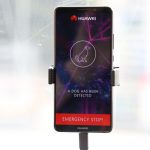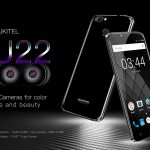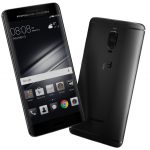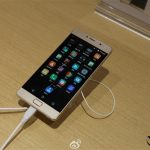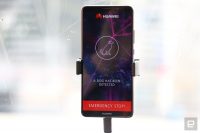Huawei’s Honor 8: A Flagship-Class Smartphone Without The Flagship Price
In recent quarters, Huawei has been the top-selling manufacturer of smartphones in its home market, China. Part of its recipe for success has been a brand-within-the-brand called Honor, which—like Xiaomi before it—focuses on selling cool Android phones at reasonable prices to young people over the Internet. The brand sold $6 billion worth of phones in 2015, its second year of existence.
Here in the U.S., Huawei has had a low profile compared to other global phone makers, and the most notable thing about Honor may be that it made one of the best-selling products offered by Amazon last month during Prime Day. But now Huawei aims to make a bigger splash in this country with the Honor 8, the first Honor flagship model to ship here. (The Western-sounding, easy-to-pronounce Honor brand dominates, though the phone does say “Powered by Huawei” in teensy type on its back.)
In the phone business, “flagship” is usually a term you apply to a model crafted from luxe materials and containing top-of-the-line components, and historically, such handsets haven’t come cheap. (The $650 iPhone 6s and $670 Samsung Galaxy S7 are classic flagships.) The Honor 8, which costs $400 for a 32GB model and $450 for one with 64GB, is part of a newer class of phone with flagship aspirations and reasonably economical prices. It’s being sold in an unlocked version for use with AT&T and T-Mobile and will be available in early September; people who preorder from Honor’s site, Amazon, Best Buy, B&H, or NewEgg will get a $50 gift card or rebate offer.
I’ve spent a little time with a pre-release unit of the Honor 8 provided by the company—not sufficient for a formal review, but enough to be favorably impressed. At first blush, it feels like a very credible competitor to the Galaxy S7 at a much lower list price.
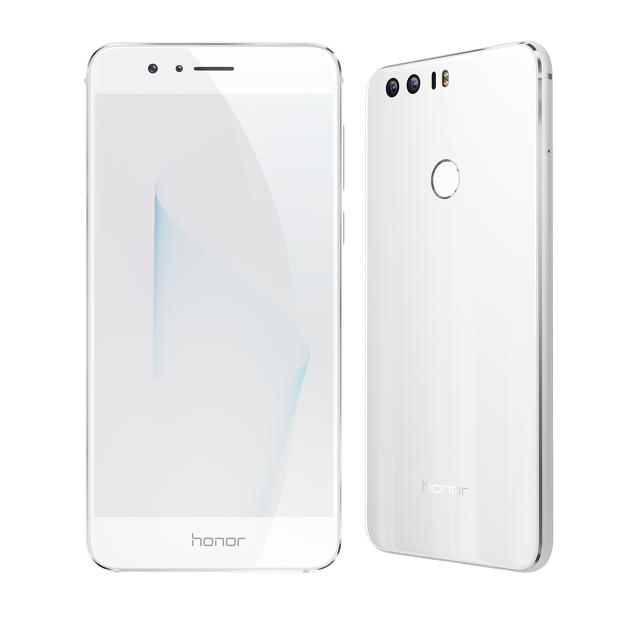
Like most current smartphones, the Honor 8 looks a lot like an iPhone from the front; you might mistake it for one if it weren’t for the “Honor” logo where Apple puts the home button. The metal trim around the edge is also Apple-esque. But instead of the iPhone’s aluminum back, the phone has one made of shiny glass, manufactured using a process involving 15 layers that makes each unit slightly different and leaves the surface reflecting light in interesting ways as you swivel the phone in your hand. (In China, Honor says, fans take pictures of their phone backs and share them.) It’s a striking effect that should makes this phone stand out from the crowd, especially in blue, a color that will be exclusive to Best Buy.
The phone has a 5.2″ screen, making it a midsize model by current standards: bigger than an iPhone 6s, smaller than an iPhone 6s Plus. It’s a sensible compromise that makes for a reasonably roomy screen on a phone that’s still one-hand friendly.
I would say that the Honor 8’s camera is its standout feature, except for the fact that it’s notable for not standing out. Unlike the iPhone 6s and Galaxy 7 cameras, it’s flush with the phone’s backside rather than popping out slightly. And to be precise, it isn’t one 12-megapixel camera but two. One of them is designed to capture vivid colors, the other takes a crip monochrome shot, and the two images get blended together into one photo. The camera also uses three types of focus—laser, contrast, and depth—depending on the shooting situation.
Some moderately priced phones that are otherwise impressive trip up on camera quality, but in my informal experiments, the Honor 8’s camera seems excellent. It shoots without lag, has some interesting options like the ability to adjust depth of field after you’ve taken an image, and produces pictures that are worthy of the flagship moniker.
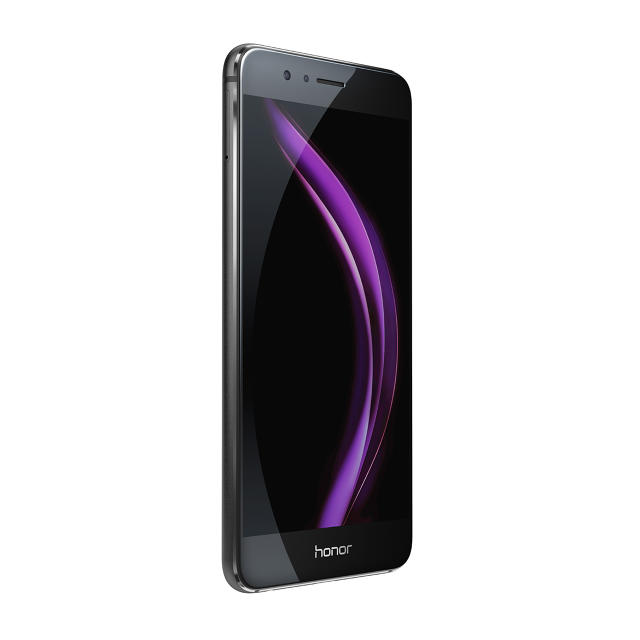
The Honor 8’s fingerprint sensor is on the back, a location I found a tad unwieldy on Google’s Nexus 5X, but here it worked well, recognizing my fingertip instantly even when I didn’t press it precisely. (You can also program it to perform tasks such as launching a particular app when you double-tap it.) The phone has a USB-C connector and fast-charging capability, and a few nice touches such as a notification LED built into the earpiece and an infrared port that permits the phone to serve as a universal remote.
Software-wise, the Honor 8 runs Android 6 Marshmallow with Honor’s Emotion UI interface, which remodels Android to…well, make it look a lot more like iOS. In the time I’ve had with the phone, which has an eight-core processor, it ran smoothly, felt zippy, and, iOS cloning aside, didn’t display the sort of irritating, in-your-face non-improvements that some manufacturers slather on top of Android. Honor did do a few deals to bundle apps—weirdly, you can add Booking.com Hotels as an account type, right where you set up your Gmail, Facebook, and Twitter—but nothing that I’d classify as deal-killing bloatware.
A few features that might be on your particular checklist are missing, such as a water-resistant design and any sort of persistent display that leaves handy information visible when the screen’s shut off. (Like an iPhone, the Honor 8 has an LCD display, a technology that isn’t capable of that feat.)
Overall, this phone is a serious contender. Is that enough to make Honor a major brand in the U.S.? Not if its goal is to play at the same level as Samsung and Apple: Bypassing wireless carriers and selling direct and through e-tailers, as Huawei is doing with the Honor 8, is still a niche-marketing approach in these parts. But it’s also one reason why the company is able to offer something that feels like a $650 phone for $400.
George Zhao, the president of Honor, told me that the company intends to follow the same basic strategy in the U.S. that’s succeeded for it in China and elsewhere: cool design, serious components, appealing prices, online marketing, and a target audience of millennial fans. You don’t have to be a millennial to find the Honor proposition attractive—and the Honor 8 looks like a great way to introduce it to this country.
Huawei Honor 8
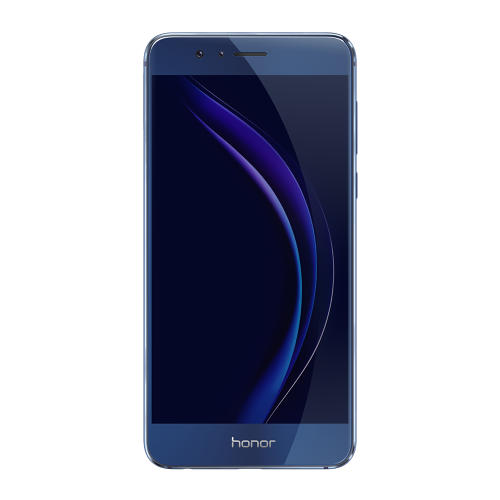

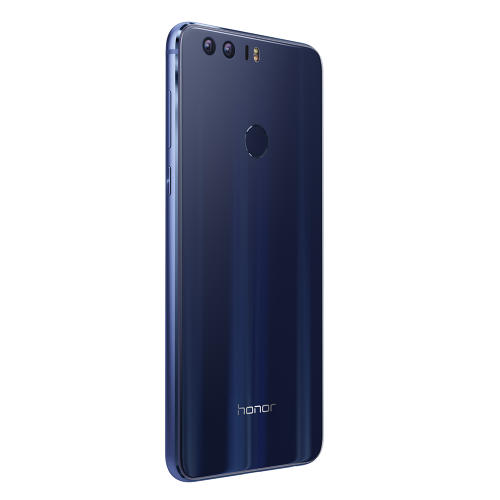
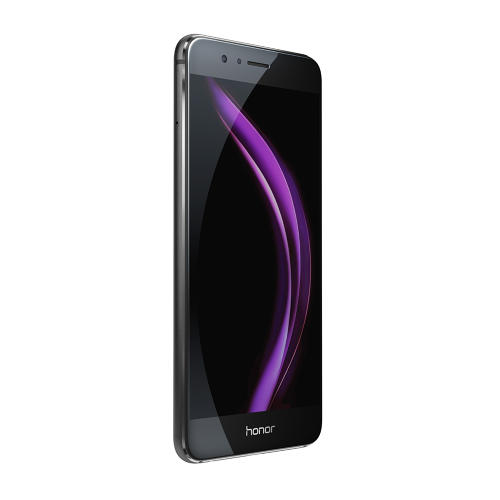

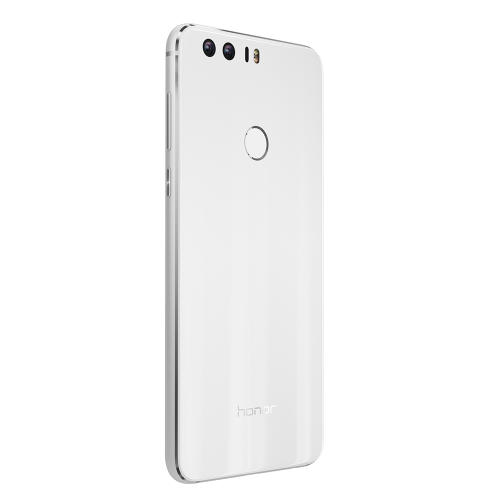

Fast Company , Read Full Story
(31)


